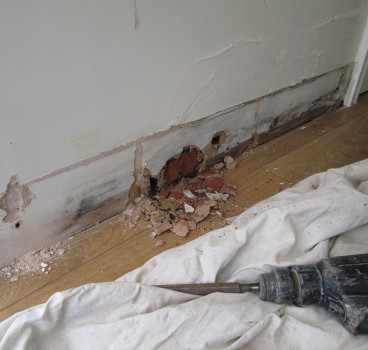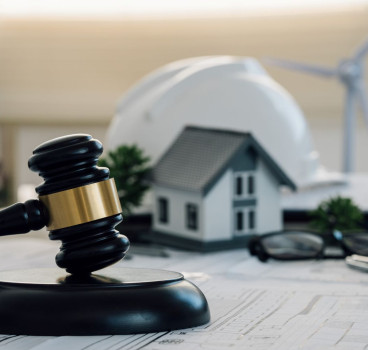Take care with health sector floor specification
In the EU, approximately 4.1 million patients acquire a Healthcare Associated Infection (HAI) each year and at least 37,000 patients die as a result writes David Hockley. Therefore, when it comes to floor selection in hospitals and medical establishments, maintaining the highest hygiene standards must take precedence when it comes to specification.
SEAMLESS SOLUTION
Examination rooms, MRI suites, operating rooms, inpatient rooms, nurses' stations, administrative offices, restaurants and retail stores; each space in a healthcare facility has unique floor, ceiling and wall finish requirements based on the room's purpose, occupants and equipment. In terms of flooring, a smooth, seamless, slip-resistant finish not only minimises the risk of trips and falls - the second most common cause of injuries in work spaces - it creates easy-to-clean surfaces where germs could fester. Additionally, seamless flooring materials and wall finishes have become an increasingly common specification in helping reduce the risk of transmission of infection in hospitals and medical environments.
To achieve this standard of building and the high quality, safe and efficient healthcare within, the quality and fitness-for-purpose of the healthcare estate is vital. The Department of Health's HBN: 00-10 details the key requirements of every floor, wall and coating systems and divides them into three main performance themes – infection control, life cycle maintenance and fire performance. Sika has a range of high performance resin floor systems, including Sika Comfortfloor®, which are suitable for the most demanding healthcare environments.
The company's Sikagard® range of seamless hygienic coatings for walls and ceilings can be specified to mirror design life requirements, construction joints, floor to wall connections, surface design and installation details to meet and exceed HBN 00-10 guidelines.
FEEL-GOOD FACTOR
Patient comfort is paramount in hospitals. Their increased satisfaction aids rehabilitation, hence the need for flooring that reduces noise – a by-product of a busy, public environment. Highly-durable flooring is also key to creating comfortable, ‘feel good' spaces. Surfaces with excellent resistance to heavy equipment and footfall will remain looking smarter for longer and help create a positive, welcoming atmosphere and improve the healthcare ‘experience' for staff, visitors and patients.
Regular maintenance will help uphold a floor's aesthetic properties as well as most importantly, help facilitate a healthy interior finish. The more durable the wear layer, the less chemicals and labour will be required for routine maintenance and surface renovations. In addition, flooring with greater resistance to ultraviolet (UV) radiation has greater colour stability and is likely to look better for longer than systems with low UV resistance that are more susceptible to fading.
Additional Blogs

How construction can cut Its carbon footprint by caring for soil
Soil is often dismissed as mere dirt, but it is one of the planet’s most powerful carbon stores, holding more than all of the world’s forests combined. Yet in our rush to build, pave and develop, we...
Read moreWhat is bridging damp? How it happens and how to fix it
Bridging damp happens when moisture finds a path around the building’s damp-proof course (DPC) so it reaches your internal walls and skirting. If you see damp patches rising above the skirting or...
Read more

The silent death of the fixed-price contract
For decades, the fixed-price contract has been the backbone of construction procurement. It promised certainty with a defined scope, an agreed sum and a clear transfer of risk from client to...
Read more